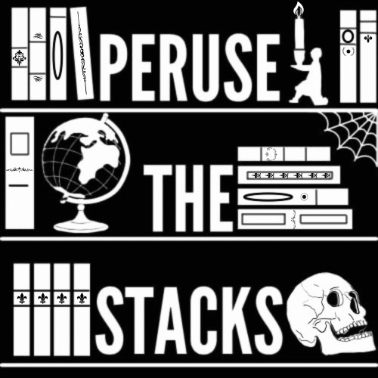signed first edition Thin 4to, unpaginated. 19 mounted plates, some color tinted, and illustrated title. Tan paper boards with red lettering and gree
1899 · Chicago
by Craig, E[dward] Gordon
Chicago: Herbert S. Stone, 1899. First edition. Thin 4to, unpaginated. 19 mounted plates, some color tinted, and illustrated title. Tan paper boards with red lettering and green Gordon Craig monogram on front, publisher's insignia on rear. Spine mostly worn away with webbing exposed. Internally clean and complete. Laid in is a 21-line typed letter, signed and with hand corrections by the publisher, Herbert Stuart Stone, to Miss Eleen Terry, dated March 23, 1900 on Herbert S. Stone letterhead. Foxing, staining, and transmittal folds, with a small edge tear along one horizontal fold. Autograph letter signed "Edward" to his sister Edith, two 8x6.5" sheets
(truncated) of ruled paper, written in pencil on three sides. Toning, edge chipping, and transmittal folds.
A superb association copy of this early illustrated work from English theater designer, Edward Gordon Craig (1872-1966). Contains two pieces of correspondence from the Craig family, the book likely being owned by Edward's (EGC from here on) sister, Edith Craig (1869-1947).
The first letter is from the publisher, Herbert S. Stone, to EGC and Edith's mother and subject of the book, Ellen Terry (1847-1928). Stone (Ca.1871-1915) was an innovative publisher in New York in the 1890's first with Stone & Kimball, and then under his full name. He launched two successful magazines, including the influential Chap-Book, which ran from 1894-1898. He published the landmark feminist novel, The Awakening, by Kate Chopin. He also was a casualty on the Lusitania, going down with the ship on that fateful day in 1915.
The letter is quite interesting in content, discussing the royalty payments to EGC for his book. He mentions hoping the book could be sold in theatres, but "Mr. Bram Stoker got ahead of us with a book of his own so that we have to rely entirely on the book shops." Stoker at the time was Henry Irving's manager and director of the Lyceum Theatre, so Dracula would have taken preference. He also notes "We are planning to make a better edition on better paper and more attractively bound as soon as we can dispose of the copies we have on hand."
The second piece of correspondence has a note at the top from EGC's son, Edward saying "This must be to Edy Craig - it was in her copy of the book 'in question.'" This hastily written letter from EGC to his sister is in regards to an unfavorable review of the book. Our best transcription:
"Lend on your copy of the IH ET book to me will you - I want to take Master Rhodes to task. It's absolutely damnable... what I consider the best thing to counteract it. I've made another set of new drawings for another artsy American firm... Do you think Miss Marshal [sic] would do me a real good turn & write me 1/2 dozen pages large type about both IH & ET & Lyceum - to go in with the drawings? I want it by next Thursday at latest - I can lend her (?'s) 2 books - it would help - Don't you mention it to her if you think she's too busy or would not like to do it. Edward. Do you know Lady Corbet?"
Quite interesting is the mention of Christabel Marshall (1871-1960), an English Suffragette and author, who lived with her fellow suffragette, Edith starting in 1899. Christabel was also a secretary to Ellen Terry. Edith, Christabel, and artist, Clare Atwood lived together in a polyamorous relationship from 1916 until Edith's death in 1947.
This book and accompanying letters provide a fascinating look into the lives of the influential Craig family and their connections in the literary, theatre, and publishing worlds, and broader social movements at the turn of the century. .
(Inventory #: 6436)







